Imagination is more important than knowledge.
Knowledge is limited. Imagination encircles the world.
Albert Einstein
Introduction
What are the most important aspects of composing a Fine Art Photograph? The answer to this question certainly varies from photographer to photographer because each of us places more importance on some aspects than on others. What follows is what I personally consider to be the most important aspects of Composition.
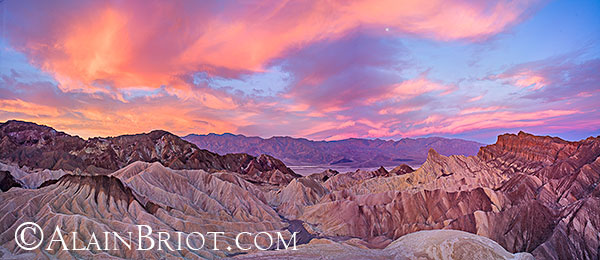
Moonset at Sunrize, Zabriskie Point, Death Valley, California
This list is excerpted from a longer list that I use for teaching during my workshops and seminars. The decision to create a shorter list, with only 15 items instead of 37, stemmed from the desire to focus on the essential aspects of composing a fine art photograph regardless of the subject we are studying or the specific project we are working on. The resulting list is free from a particular teaching emphasis and represents what I look for in a Fine Art Photograph.
1 – Composition is the strongest way of seeing
This is Edward Weston’s definition of composition. It is still my favorite definition of composition
2 – Composition is not just the placement of objects in the frame
Composition also involves using color, contrast and light. Composition includes post processing in the raw converter and in Photoshop.
3 – The goal of composition is to express your vision and your emotional response to the scene
The goal of Fine Art Composition is not to create a documentary representation of the scene. Nor is it to create a photograph that is only technically perfect. The goal is to create an image that is superior, both expressively and technically. An image that demonstrate both mastery of vision and technical virtuosity.
4 – What the camera captures is objective. What the artist’s sees and feels are subjective
Take stock of your emotional response to the scene in front of you. Record those emotions in writing or in audio.
Use light, color, contrast, composition and cropping to reproduce these emotions visually. Work on this both in the field and in the studio.
5 – Think first about light
A photograph is only as good as the light you use. The subject is less important than the light that illuminates this subject. The best subject in bad light does not make for a good photograph.
6 – Use foreground-background relationships
Find a great foreground and place it in front of a great background. Make sure your foreground is large enough to play an important role in the composition.
7 – Contrast opposites elements
Human beings think and see in terms of opposites. Therefore this is something everyone can relate to.
Examples of opposite elements include:
- Static / moving
- Young / old
- Large / small
- Organic / man made
Cottonwood Trees in Fall Colors, Capitol Reef National Park, Utah
8 – Composing a fine art photograph is not about redoing what someone else has done before
If tempted to redo an image you have seen, just buy the postcard, the book or the poster. You cannot be someone else, therefore you cannot take the same photographs as someone else. You will waste time trying to do so.Instead, start to create your own images right away.
9 – Being inspired and redoing someone else’s work are two different things
You can certainly be inspired by the work of other photographers. We have all been inspired by the work of other artists and photographers. This is an inherent aspect of the artistic process.
10 – No amount of technology can make up for a lack of inspiration
Cameras and other gears are technical. Inspiration is artistic. The two exist on different planes.
Achieving a Personal style in Fine Art means working as an artist not just as a technician.
11 – People, not cameras, compose photographs
Certainly, a camera is a necessity.
However, your camera cannot compose a photograph anymore than your car can drive itself. You are the one who composes your photographs, not your camera.
12 – “Correct” is whatever works when the goal is to create fine art
There is no such thing as “the right thing” in art. “What is Art ?” is a question to which there are many answers. We therefore have to answer this question for ourselves. We are also bound to disagree with others because fine art is a polarized activity.
13 – Straight fine art prints are a myth
All fine art prints are a modification of the image recorded by the camera. The composition of the image you started in the field is continued in the studio. This is done through image optimization because colors, contrast, borders, image format, etc. are all part of composition.
14 – The “right” color balance is the strongest way of seeing color
There is no such thing as the “right” color balance in Fine Art. This is because color is one of the ways you express your emotional response to the scene. For this reason, the “right” color balance for a specific image will differ from one photographer to the next.
15 – The finest compositions are those you never saw until you created them
Recreating a composition you saw before is easy. Creating a brand new composition, one you have never seen before, is difficult. This is because doing so requires transforming the natural chaos into an organized image. It involves creating order out of chaos, as Elliott Porter said.
About Alain Briot
Alain Briot creates fine art photographs, teaches workshops and offers DVD tutorials on composition, raw conversion, optimization, printing, marketing photographs and more. Alain is also the author of Mastering Landscape Photography and Mastering Photographic Composition, Creativity and Personal Style. All 3 books are available from Alain’s website as well as from Amazon and other bookstores.
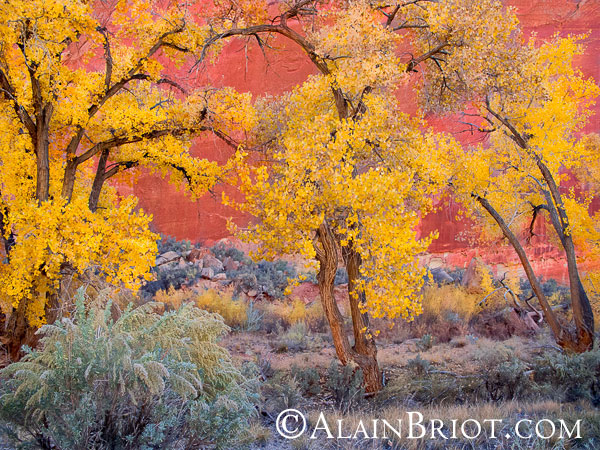

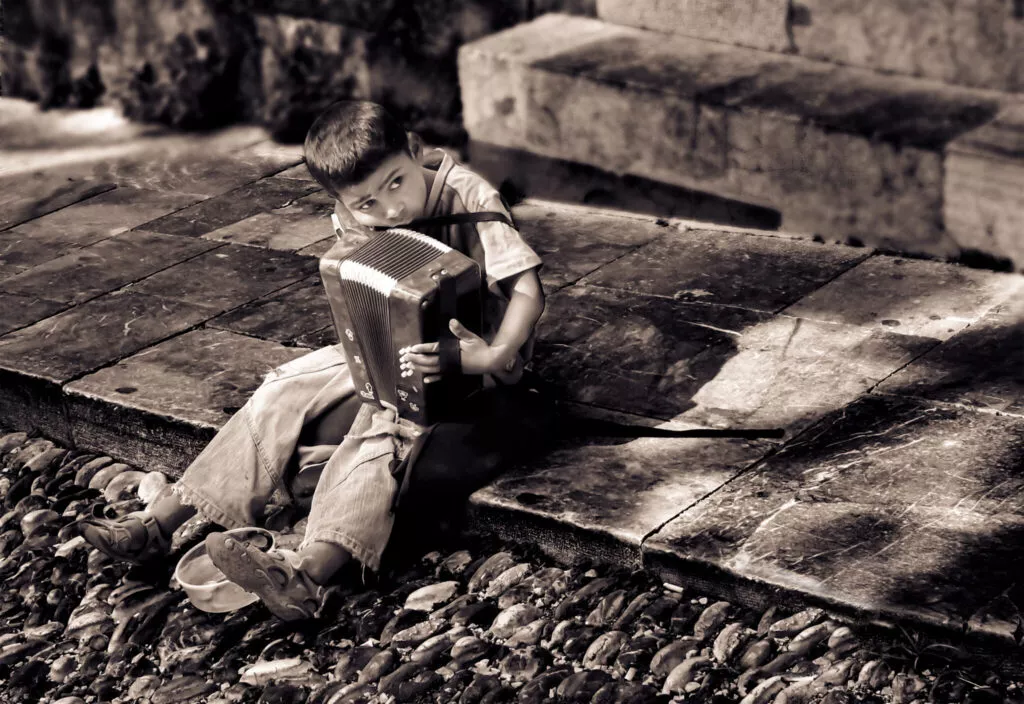
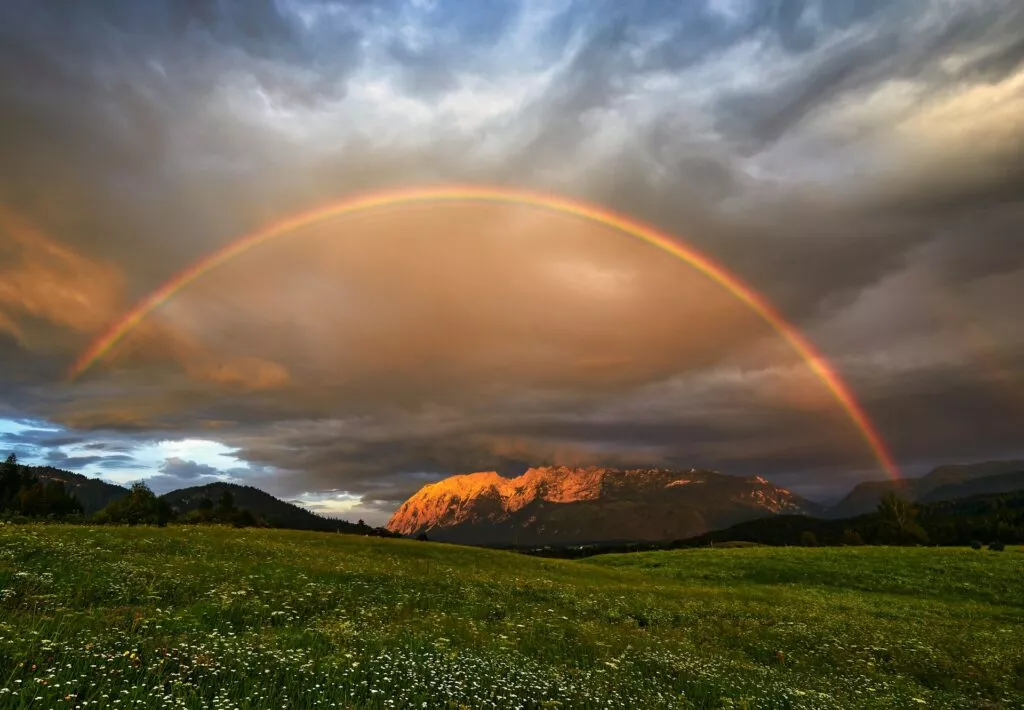
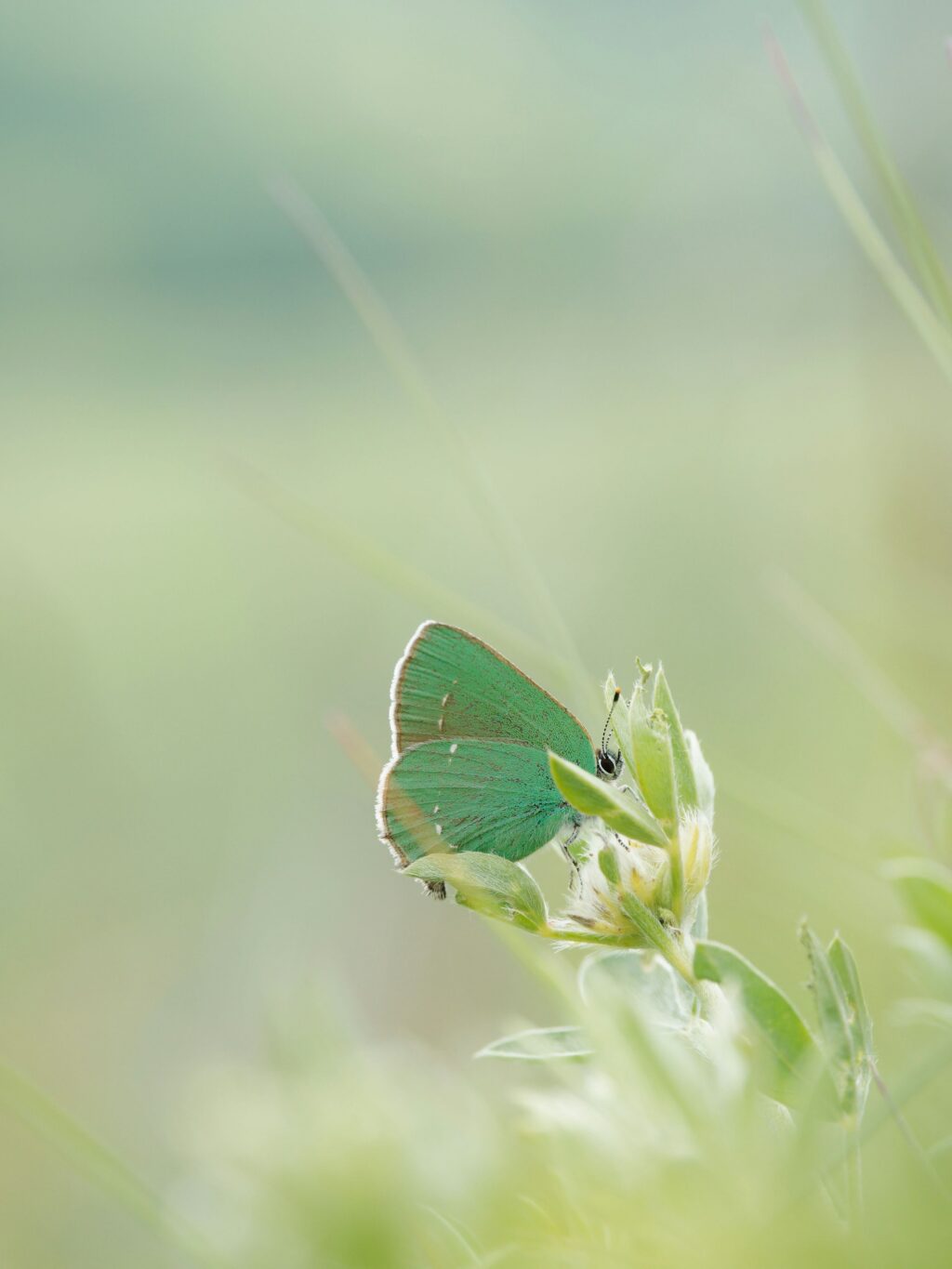
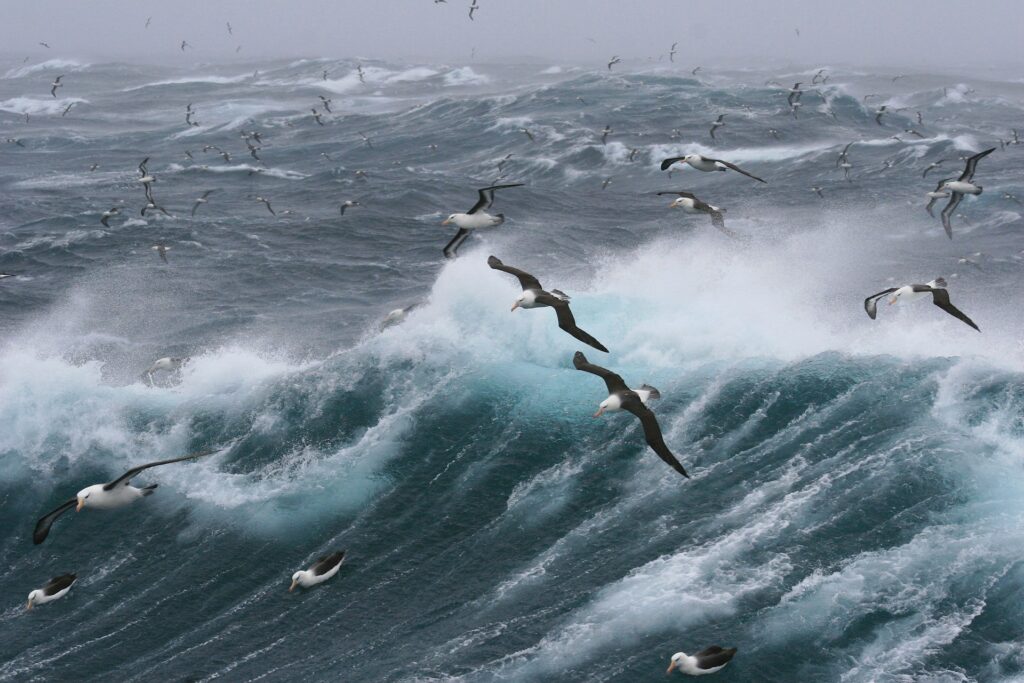
10 Comments
Gorgeous photos, Alain!
Wonderful photos and some great tips!
Great article. Not only did I pick up new ideas, but I also gained new use of familiar vocabulary to use in describing pictures.
very educative. Thanks
Great tips! Thank you!
Great article Alain…always good to be reminded that original art is very subjective and establishing one’s own vision throught the lens is crucial to creating unique images.
Excellent remarks and useful thoughts about the esthetical aspect of photography. Thx.
If you cannot learn at least on a daily basis, you are not living. To see the abilities, concepts and ideas on this site is a total learning experience. Thank all of you for sharing and taking the time to allow others to learn from your experience. Jeff Strozer
This is an article for reading over and over again. Each thought is more food for thought. Thank you.
Thanks Alain;
your article encourages me to pursue a more artistic development in my photography instead of concentrating too much on the perfect technical photo.